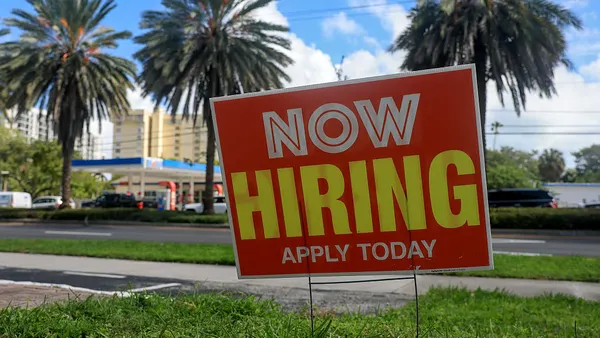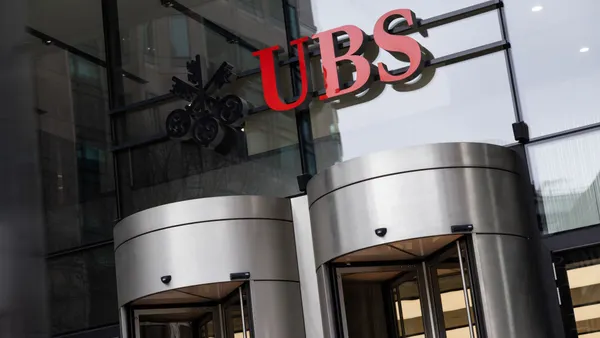Dive Brief:
-
Almost one-third of finance leaders say growth has driven, and will continue to motivate, technology spend in the next 12 months, according to PwC's COVID-19 Pulse Survey, released Monday. The firm's sixth survey to track sentiment and priorities under COVID-19 surveyed 330 U.S. CFOs and other finance leaders. The growth-related technology investments include e-commerce and new products and services.
-
Finance leaders are also looking toward technology investments to reduce costs; 20% of finance leaders say tech investments will facilitate efforts to reduce costs, relying on technologies such as automation, according to PwC.
-
CFOs shared a positive view of technology; 56% of respondents say the technology investments will make their company better in the long run. Almost three-quarters of respondents also see long-term benefit from increased workplace flexibility.
Dive Insight:
From the CFO perspective, technology investments can link directly to serving the customer or end user. It's a push to tie technology to business outcomes, rather than treating IT as a cost center — a dated stigma which can haunt even the savviest of CIOs.

CIOs have some leverage. Organizations can take cost measurement measures to eliminate spend in the near-term, but in a recession executives are compelled to think through every line item.
In this context, a partnership between the CFO and CIO can yield results. Finance executives can help align technology spend with business goals, making the case for investments and driving the digital transformation agenda. Technology leaders can help their organization modernize to drive change.
There is also an increased appetite for digital transformation, which "really moved to the forefront of the agenda," said Tim Ryan, PwC U.S. chair and senior partner, speaking on a conference call Monday.
With an economic crisis, pandemic and social unrest, companies have a "shared experience, which is accelerating digital transformation," Ryan said. Companies are taking digital strategies outside of the back office and pushing it into customer-facing efforts.
There is a trap in technology modernization, however. Often the product of a neatly laid out roadmap, modernization can take years. Take American Express for example. The company began moving to the cloud in 2016, and when pressed by the pandemic it was able to make a rapid shift to a remote setting.
The pressure for technology executives is to show how modernization efforts can pay short- and long-term dividends. That requires an agile approach, where improvements in technology happen steadily over time, rather than in waves.














